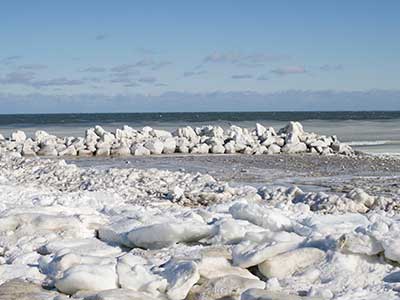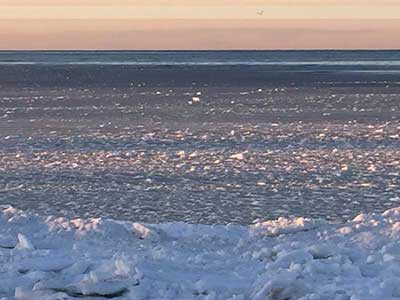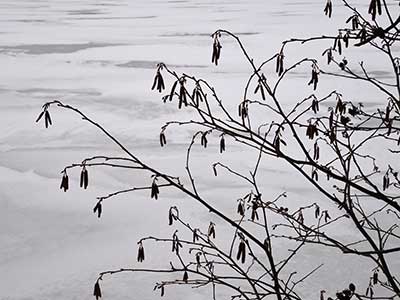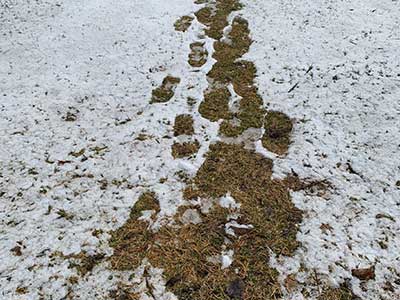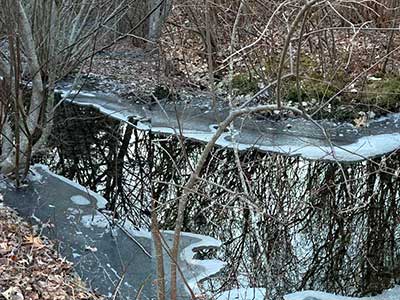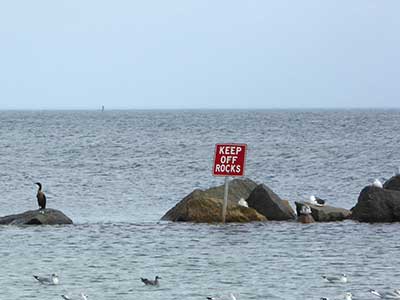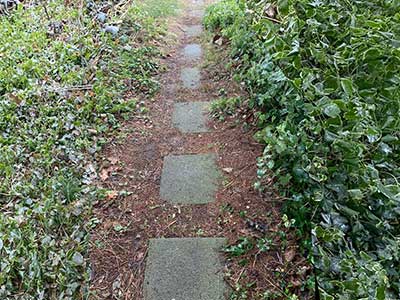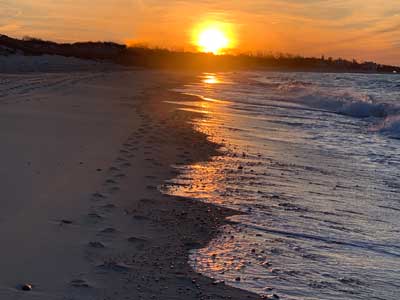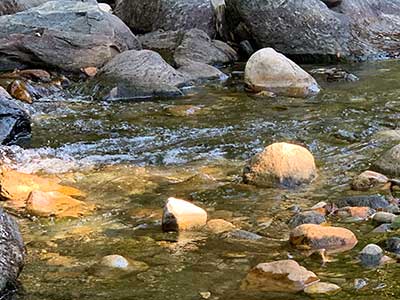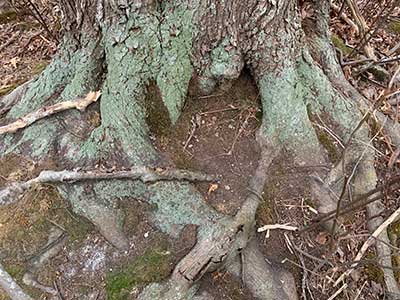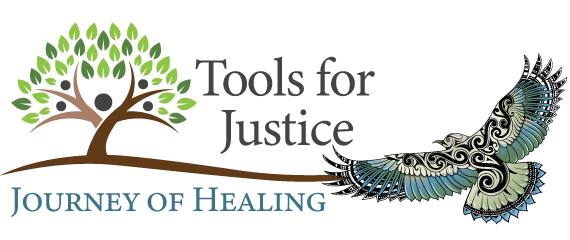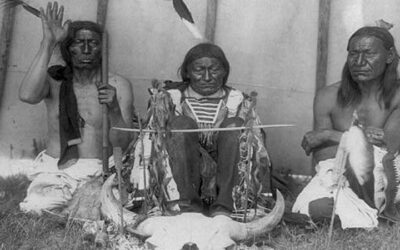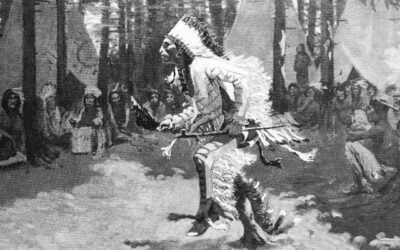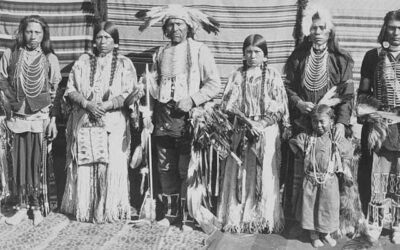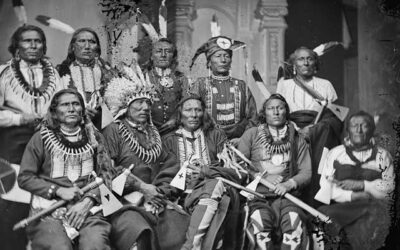
Resistance
Examples are numerous and happen all the time:
- November 20, 1969, to June 11, 1971, a group of inter-tribal activists under the name Indians of All Tribes occupied the island after Alcatraz Federal Prison shut down operations on the island, citing the 1886 Treaty of Fort Laramie, which guaranteed the return of out-of-use federal lands to Native peoples.
- August 29, 1970, Activists Occupy Mount Rushmore to reclaim the land that had been promised to the Oceti Sakowin (The Great Sioux Nation) in the 1868 Treaty of Fort Laramie in perpetuity
- November 26, 1970, James American Indian Movement (AIM) activists occupied Plymouth Rock, Massachusetts. Known as the National Day of Mourning,
- Feb. 27, 1973, about 250 Sioux Indians, led by members of the American Indian Movement, converged on South Dakota’s Pine Ridge Reservation, launching the famous 71-day occupation of Wounded Knee.
- August 15, 1975, 100 Native American protesters took over the Bonneville Power Administration (BPA) building in Portland, Oregon, in response to the killing of Joseph Stuntz
- February 2, 2004, the Save the Peaks Coalition formed to address environmental and human rights concerns with Arizona Snowbowl’s proposed developments on the San Francisco Peaks, land that has spiritual and cultural significance to at least 13 surrounding tribes.
- August 2011, environmental and indigenous groups launched a massive campaign designed to press President Obama not to approve Phase IV of the Keystone XL Pipeline project that would run through and near tribal lands
- March 7, 2013, the Havasupai Tribe, along with three conservation groups, filed a lawsuit against the U.S. Forest Service over its decision to allow Energy Fuels Resources, Inc. to begin operating a uranium mine near Grand Canyon National Park.
- April 1st, 2016, tribal citizens of the Standing Rock Lakota Nation and ally Lakota, Nakota, & Dakota citizens, under the group name “Chante tin’sa kinanzi Po” founded a Spirit Camp along the proposed route of the bakken oil pipeline, Dakota Access. “water is sacred
- December 23, 2020, Native Americans protested the gathering on the Great Serpent Mound, (which is a Native American national historic site in southern Ohio), of far-right Christian group led by pastor David Daubenmire who said that the mound is a place where dark energy is released into the world and that he and his followers were on the scene “praying down (the) Satanic serpent mounds,”
Ancestral Tribal Land

Use this interactive map to identify ancestral tribal land and groups in your area
About the article…
The Importance of Land
Land is something sacred to all of us, whether we consciously appreciate it or not — it is the space upon which we play, live, eat, find love, and experience life. The land is ever-changing and ever-shifting, giving us — and other creatures and beings on the earth — an infinite number of gifts and lessons..
………………………
Our Mission
We strive to map Indigenous lands in a way that changes, challenges, and improves the way people see the history of their countries and peoples. We hope to strengthen the spiritual bonds that people have with the land, its people, and its meaning.
We strive to map Indigenous territories, treaties, and languages across the world in a way that goes beyond colonial ways of thinking in order to better represent how Indigenous people want to see themselves.
We provide educational resources to correct the way that people speak about colonialism and indigeneity, and to encourage territory awareness in everyday speech and action.

The Underground Railroad, and Native America, a story
Excerpt…
When the census takers
discovered Native American communities harboring runaways, the tribes were threatened with the loss of their tribal status, and the nullification of treaties, land claims, and trade agreements. Despite these sanctions, Native Americans and Africans remained allied.
………………………
The first paths to freedom taken by runaway slaves led to American Indian villages:
Excerpt…
Mainstream America remains totally unaware
of the biological and cultural bonds that exist between African slaves and American Indians—a people created by expulsion, slavery, racism and war caused the collision of cultures that became the crucible of destruction by force, but later provided the terrain to initiate new signs of selfhood.
………………………

Click to view/download PDF
“There were many Native resistance fighters from the 1500s to the 1800s who made a name for themselves during our country’s volatile history. Here’s a guide to some of the more notable.”
University Of Arizona Digitizes 6,000 Recordings Of Native Oral History
Digitizing is a priority, and that’s an important step that will be taken for oral histories of Native Americans that were recorded in the 1960s and 1970s.
Activists Occupy Wounded Knee — Native American Activism: 1960s to Present
by Zinn Education Project The full article is here… Excerpt from the article… On Feb. 27, 1973, about 250 Sioux Indians, led by members of the American Indian Movement (AIM), converged on South Dakota’s Pine Ridge Reservation, launching the famous 71-day occupation of...
Land Policy in New England and Virginia
It is irresponsible to teach the tragedies without also teaching the resistance movements that oppose colonial violence. by The Editors of Encyclopaedia Britannica The full article on Land policy in New England and Virginia is here… Excerpt from the article… The New...
We Condemn Racist National Park Service
We Condemn Racist National Park Service for Brutalizing Darrell House by Editorial Council; The Red Nation | December 30, 2020 #JusticeforDarrell Last Saturday, December 26, a National Park Service (NPS) Ranger tasered our Diné and Oneida relative Darrell House, a...
Native American History Timeline
As explorers sought to colonize their land, Native Americans responded in various stages, from cooperation to indignation to revolt.
Below are events that shaped Native Americans’ tumultuous history following the arrival of foreign settlers.
7 Acts of Native Resistance
If indigenous history is covered, at all students are likely to hear a tragic but vague narrative of massacre, disease, and death, a narrative devoid of the specific political and tribal context that is vital to understanding the colonial and imperial relationship between Native communities and the U.S. This renders indigenous bodies invisible.
